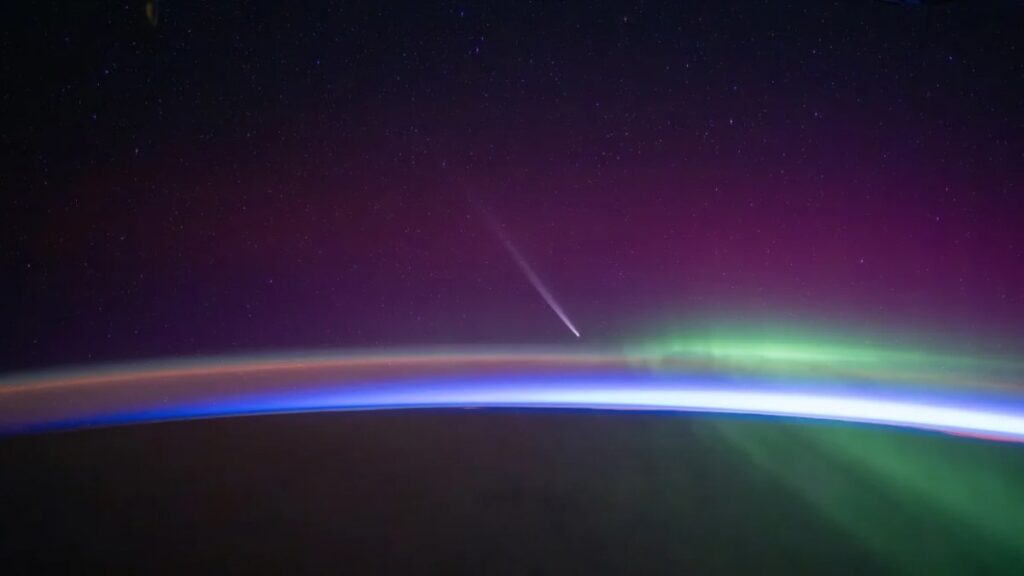Stunning Comet Tsuchinshan-ATLAS Becomes Visible in the Northern Hemisphere Skies
A rare celestial event is brewing in the night sky, as the Tsuchinshan-ATLAS comet makes its way back towards Earth. Since October 11, 2024, astronomy enthusiasts in the Northern Hemisphere have been treated to a stunning sight as this comet, also known as C/2023 A3, appears in the evening skies. Its long journey, which began tens of thousands of years ago, has finally brought it near our planet, with the comet coming within 44 million miles on October 12.
“This is an excellent opportunity for skywatchers to catch a glimpse of this bright visitor,” said Bob King, contributing editor at Sky & Telescope. To spot the comet, enthusiasts are advised to plan a viewing around 40 minutes after sunset, when it will be visible low on the western horizon, just above the bright planet Venus. Using binoculars can provide a clearer view of this celestial phenomenon.
As the week progresses, the comet’s visibility will improve, with optimal viewing conditions expected over the weekend. By October 12, the comet will rise higher in the sky and remain visible for a longer duration into twilight, while by October 14, it will be positioned two fists above Venus for viewers in the northern United States. Some interference from moonlight may occur, but the generally favorable conditions make it an ideal time to observe this comet.
The origins of Tsuchinshan-ATLAS date back to early 2023, when it was discovered independently by teams from China’s Purple Mountain Observatory and South Africa’s Asteroid Terrestrial-impact Last Alert System. Its nucleus, composed of ice and dust, originated from the distant Oort Cloud. As it approaches the Sun, the heat causes the ice to evaporate, creating a spectacular tail that can stretch for millions of miles.
The comet is expected to fade and become invisible to the naked eye by the end of October, although binoculars may still reveal it into early November. Once it departs from our vicinity, it will continue its journey into the outer solar system, likely never to return.
